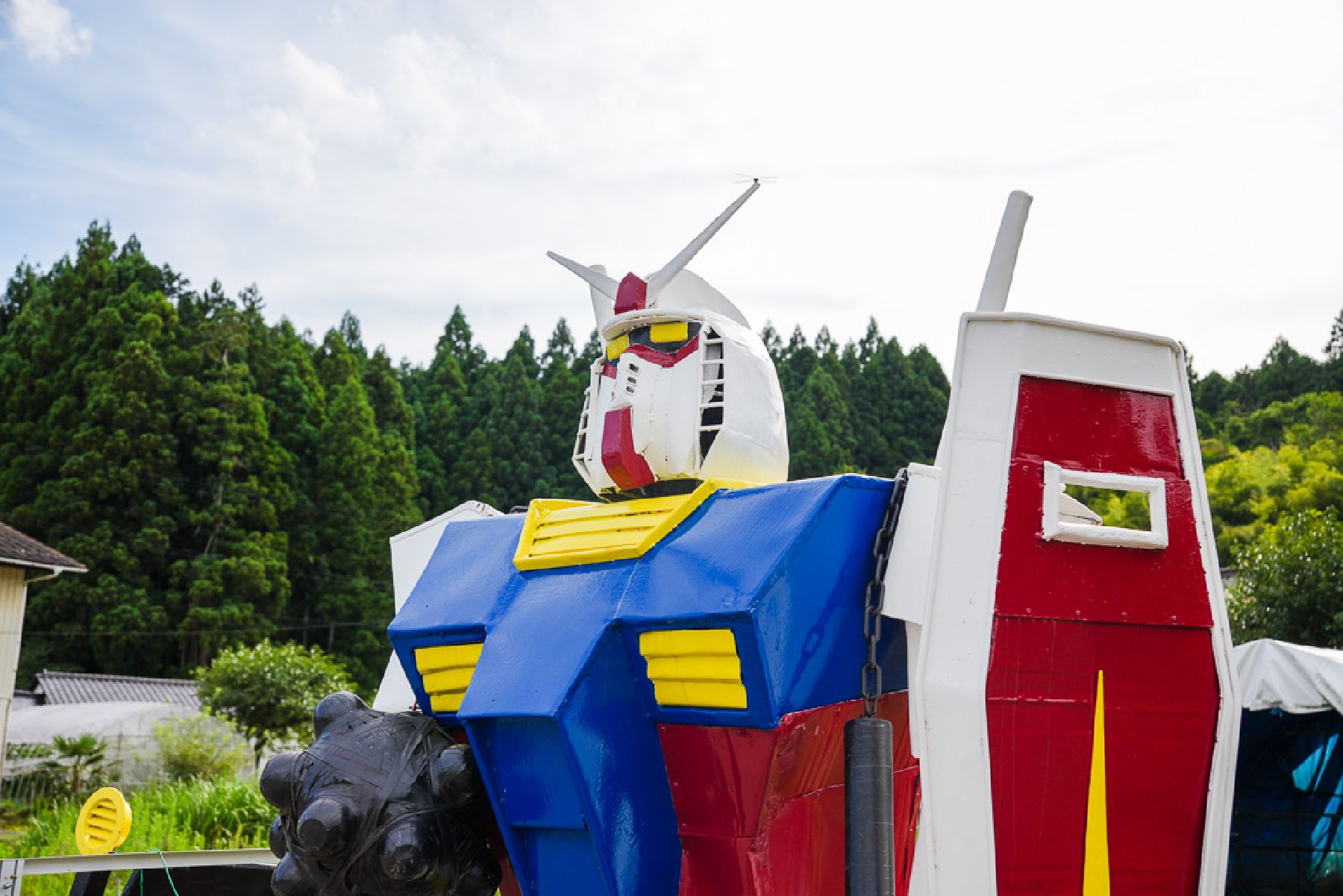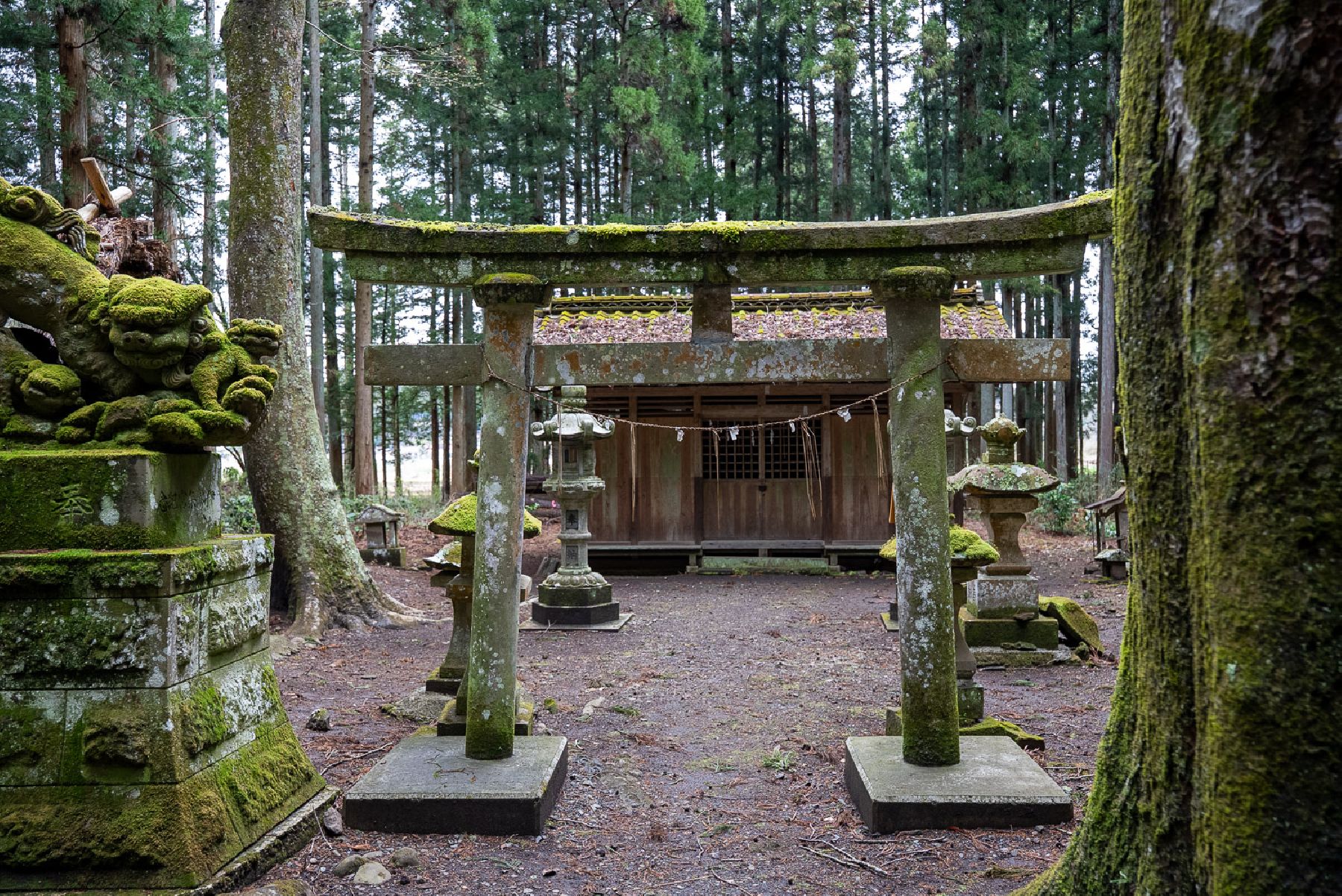
Tired Gundam
Between two farms in Hiraishi in the south of Fukushima City, next to a vegetable stall selling cucumbers for 100 yen, you can find the Tired Gundam. Occasionally translated as the ‘Weakling’ or ‘Loser’ or ‘Incompetent’ Gundam, he might not look like much, and he can’t walk, or fight, but he's very popular with the locals.The product of a local ironsmith over ten years ago, the Tired Gundam first stumbled to fame after the ‘Beam Rifle Theft Incident’, in which someone stole his famous weapon, and fans nationwide made replacements. Now he has an entire arsenal, a weapon rack, and security cameras to ward off thieves. When he gets rusty, he often gets a fresh coat of paint from his fans.The Tired Gundam is located in the middle of a farmland region in southern Fukushima City, making for a lovely afternoon drive up and down the winding roads surrounded by rice fields. There is parking available nearby for roughly 10-15 cars.







